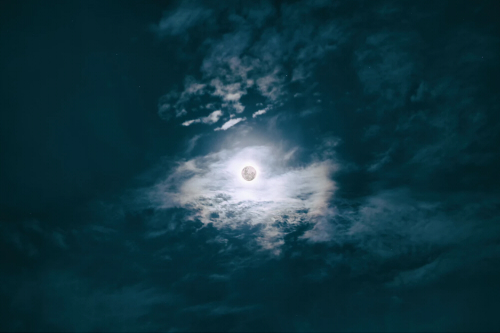India’s Next Moon Mission Will Cost Less Than “Interstellar” and Half As Much As “Avengers: Endgame”
Aristos Georgiou
In just four days times, India is set to launch its Chandrayaan-2 Moon mission from the Satish Dhawan Space Centre on the east coast of the country.
The mission – operated by the Indian Space Research Organisation (ISRO) – consists of a lander, orbiter and rover. If everything goes to plan and the lander successfully touches down on the lunar surface, India will become just the fourth nation to complete a soft – or controlled – landing on the moon, after the U.S., former Soviet Union and China.
In total, the latest mission will cost around $143 million, which is less than some Hollywood blockbusters as Indian outlet The News Minute reports. For example, Christopher Nolan’s sci-fi hit Interstellar cost about $165 million to make, while the recent Avengers: Endgame had an estimated budget of around $356 million.
Take-off is currently scheduled for 5:21 p.m. EDT, weather permitting. The Chandrayaan-2 spacecraft will be launched via the ISRO’s own GSLV-MK3 three-stage rocket, according to the Planetary Society.
Initially, the GSLV-MK3 will launch the orbiter – which carries the other two components – into orbit around the Earth. Operators will then progressively raise its orbit until it enters the influence of the moon’s gravity.

Once it is orbiting the moon at an altitude of about 62 miles, the Vikram lander – carrying the Pragyan rover – will separate, before touching down on the lunar south pole on September 6. After Vikram has landed, it will deploy the rover, which will conduct science experiments over a 14-day period.
During the mission, the orbiter will act is a midway point, mediating communications between operators on Earth and the lander and rover. Similarly, the lander will facilitate communications between the rover, orbiter and Earth. It will also carry its own scientific equipment to conduct experiments for a period of 14 days. Overall, the aim of the mission is to collect data on the moon’s geology.
Chandrayaan-2 is not ISRO’s first mission to the moon. In 2008, the space agency launched the Chandrayaan1 mission, which included an orbiter and a small impact probe designed to crash into the lunar surface (as a result, this does not qualify as a soft landing).
Around $88 million of Chandrayaan-2’s total budget is for the orbiter, lander, rover and ground support network, while about $54 covers the cost of the GSLV-MK3 launch vehicle.
NASA has also set its sights on our moon as part of its longer-term goal of reaching Mars. The space agency wants to begin conducting sustainable lunar surface missions by the late 2020s, which will be conducted from the so-called lunar “Gateway” – a small spaceship for astronauts and science experiments that will orbit the moon, acting as a kind of staging post.








